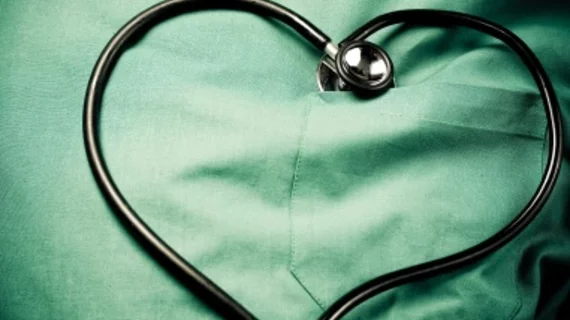COVID-19’s impact on heart transplants in the US: 4 key statistics
Nearly eight months into 2020, COVID-19 continues to disrupt healthcare in the United States. A new analysis in JAMA Cardiology explored the pandemic’s impact on heart transplant trends, with the authors focusing on data from the United Network for Organ Sharing (UNOS).
“Transplant programs have been challenged with balancing patient and staff safety with hospital resources, including intensive care unit capacity and personnel,” wrote Ersilia M. DeFilippis, MD, Columbia University Irving Medical Center in New York City, and colleagues. “In the U.S., there has been a substantial reduction in deceased donor solid organ transplants since the COVID-19 pandemic started. However, to our knowledge, limited data exist regarding national and regional changes in heart transplant practices during this time.”
DeFilippis et al. tracked UNOS data from Jan. 19 to May 9, 2020, comparing pre-COVID-19 statistics (Jan. 19 to March 15) with active COVID-19 statistics (March 15 to May 9).
These are four key takeaways from the team’s research:
1. Waitlist inactivations increased by 75%, from 343 to 600.
2. Waitlist additions dropped 37%, from 637 to 395.
3. Adult deceased donor recovery dropped 26%, from 1,878 to 1,395.
4. Heart transplant volume dropped 26%, from 525 transplants to 389 transplants.
These changes included “considerable regional variation” in some instances, but not always. The reduction in deceased donor recovery, for example, was much more extreme in the North Midwest (a 41% drop) than the South Midwest (a 16% drop). The decrease in heart transplant volume, on the other hand, was consistent throughout the country.
“The COVID-19 pandemic has had direct and indirect associations with heart transplants in the U.S.,” the authors concluded. “In addition to challenges regarding safety and resource allocation, changes in behaviors and activity as a result of social distancing measures will continually affect the deceased donor pool. Furthermore, we must be prepared for more inactivations and fewer transplants if and when future surges of COVID-19 cases occur. In the coming months, the consequences of these waitlist inactivations and decreased transplant volumes on waitlist mortality must be surveilled.”
The team’s analysis can be read in full here.

